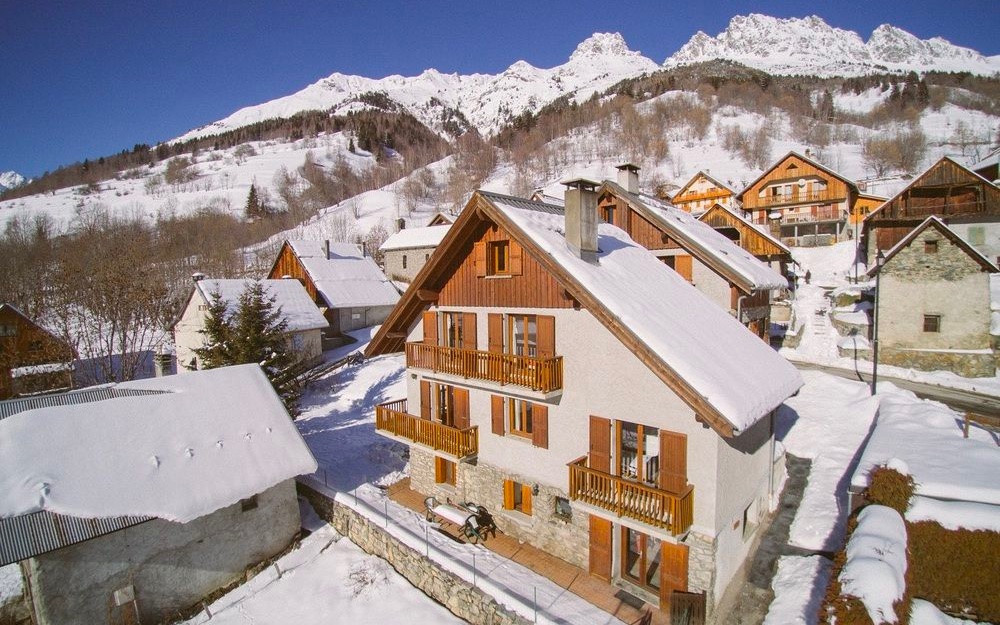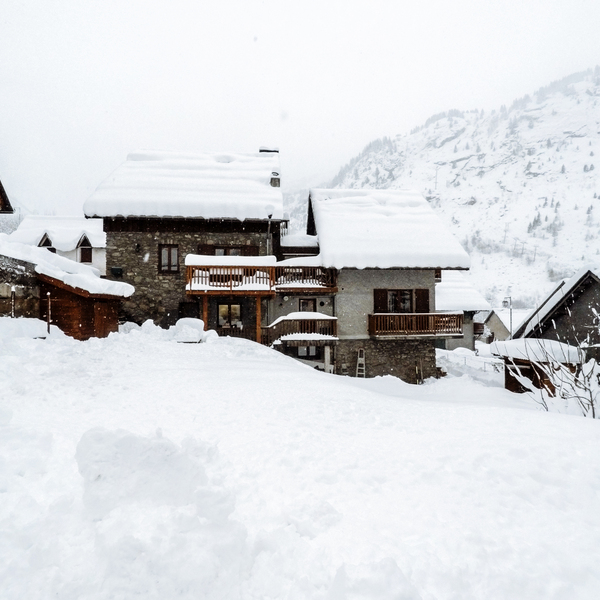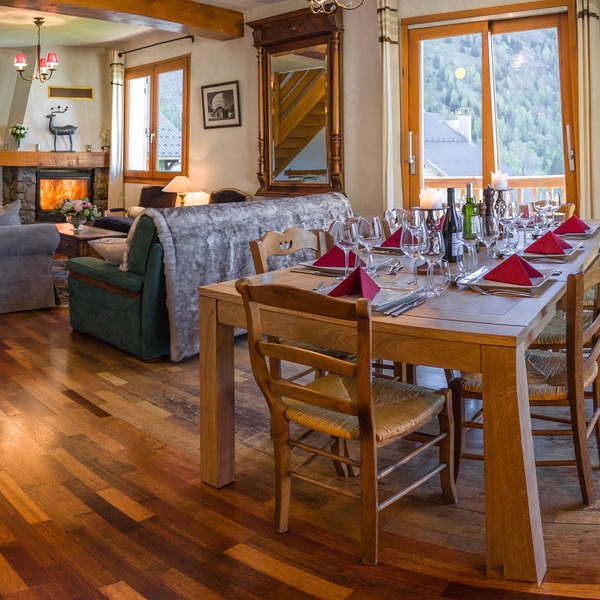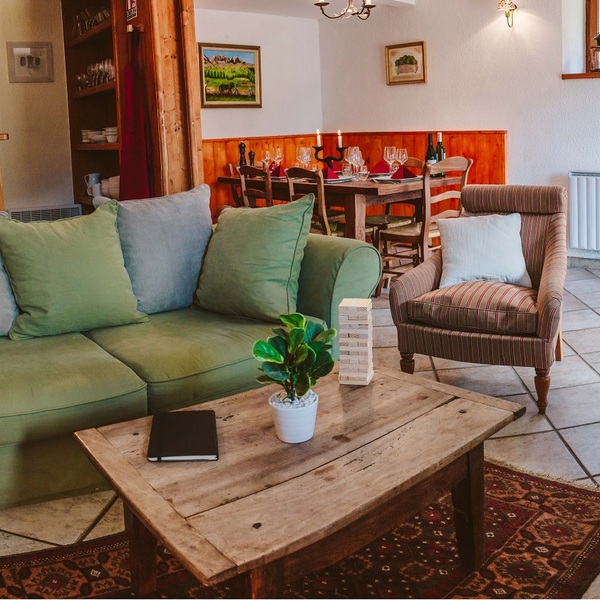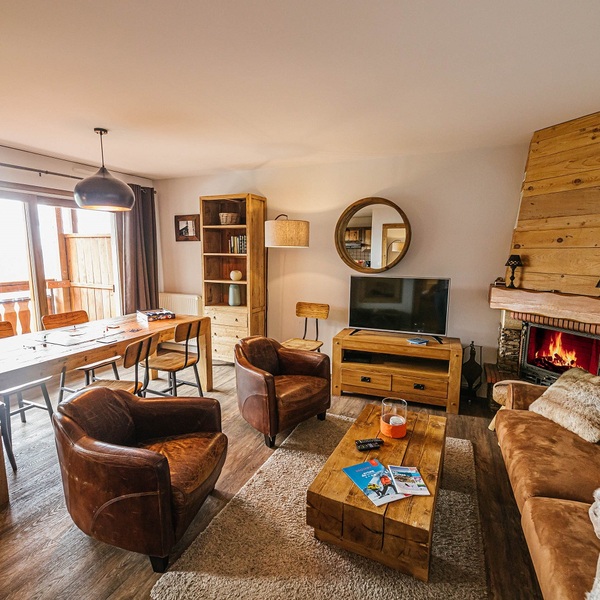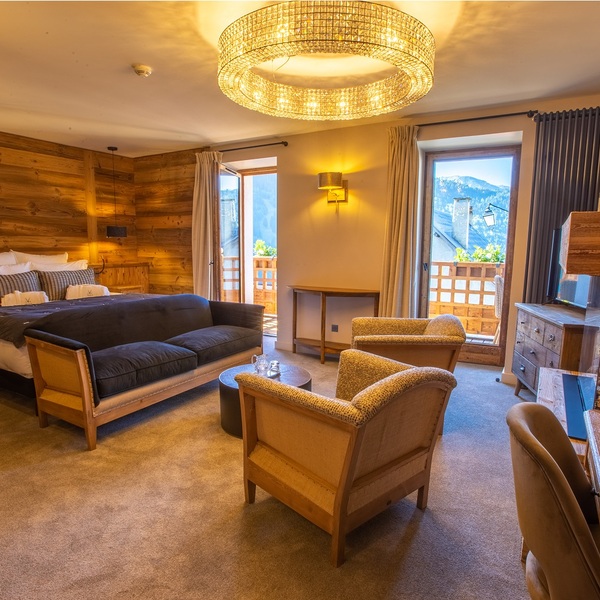Mountain air combined with pure snow slopes along with lodge social interaction has developed a complete skiing culture that goes well beyond skiing activities. The cultural environment that originated in mountains has successfully migrated into the digital gaming worlds that exist online. Numerous game development teams like to obtain fresh insights by borrowing elements from ski culture aesthetics and social structures and emotional constructs to provide enhanced digital gameplay experiences for their global player base.
The Aesthetic Crossover: From Slopes to Screens

Video game designers have long recognized the visual appeal of winter sports environments. The stark contrast of white snow against blue skies, the geometric patterns created by ski tracks, and the distinctive architecture of mountain resorts provide rich visual references for game environments. Many popular battle royale games now feature snow-covered mountain terrains where players experience the thrill of navigating steep descents during gameplay.
These winter wonderland settings offer not just visual diversity but tactical dimensions that mirror real-world skiing dynamics. Just as skiers must consider snow conditions and visibility when choosing their lines down a mountain, players in these digital domains must adapt their strategies to accommodate snow physics, reduced visibility, and uneven or dynamic terrain features.
A few game developers introduced seasonal events that change digital environments into winter play spaces. The special temporary gaming events present players with winter-themed miniature versions of skiing sports such as downhill racing simulations which reflect competitive skiing experiences. While not quite the fishin frenzy of summer-themed gaming events, winter-themed gaming events have gained immense popularity within player communities because they introduce dynamic gameplay elements which transcend ordinary game principles.
Risk vs. Reward: The Psychology of Thrill-Seeking
Both skiing and gaming systems require users to calculate between potential dangers against achievable rewards. Advanced skiers decide between challenging lines which they find thrilling but they never push beyond their safety boundaries in the way that gamers navigate between risks versus rewards. Game designers implement risk management frameworks based on ski culture as a method to increase gamer engagement through systems that both reward bold actions and uphold penalties. Gaming shares the same path of difficulty progression from beginner levels to advanced stages which skiing does through its difficulty ratings. Enhanced skills allow players to transition to progressively harder content which results in the same kind of achievement satisfaction. Virtual achievements produce emotional fulfillment that drives video game players to continue their play sessions thus bridging their love of skiing activities with their virtual conquests.
Social Architecture: Lodge Culture in Digital Spaces

Virtual social structures receive their primary influence from skiing culture. Influence from traditional ski lodge socialization led developers to build feature hubs for their games which enable players to connect with each other while showing off their achievements through advice exchange. Professional relationships which start as mentor-apprentice connections exist between gaming community members in the same way they do in skiing. Veteran players replicate the mentor-apprentice relationship from skiing by helping new members learn mechanics and strategic gameplay through purposeful systems of mentorship. Founded relationships form communities that help users exchange valuable information and result in improved playing satisfaction. When ski culture values are implemented digitally developers create deeper gaming interactions that lead to longer-lasting inter-player connections.
Seasonal Rhythms and Limited-Time Events
The seasonal rhythm of skiers builds intense anticipation across the year because they impatiently wait for winter and mourn the passing days of winter sport activities. Game developers implement limited-time seasonal events and new content which creates within players emotions similar to those experienced during ski culture. Gaming events with limited availability cause players to join before they fade away in a manner similar to how skiers optimize their runs during peak conditions.
After difficult content completion the après-ski tradition has influenced developers to create post-challenge player rewards. Such modern games employ victory ceremonies in addition to social rewards to deliver gratifying emotional outcomes for gaming sessions just as lodge gatherings approve ski achievements.
Equipment Evolution and Customization

The continual evolution of ski equipment, with its emphasis on both performance and personal expression, parallels gaming's approach to character customization and gear progression. Character customization needs as well as virtual gear progression appeal to gamers in the same way that ski equipment selection appeals to skiers. Game designers investigate the way ski culture implements practical developments that satisfy both efficiency needs and gameplay design requirements along with visual appeal needs.
In Closing
Ski culture proves that two seemingly different activities like gaming and skiing share basic human driving forces including mastery of tough skills as well as social bonds and controlled risk-taking experiences. The digital experience has been made accessible to all through game designers who used psychological insights to recreate skiing satisfaction independent of geographic barriers or physical limitations. The cross-territory exchange of technological advancements between ski equipment and gaming systems will become more intense resulting in constantly imrproved immersive satisfaction across both industries. Human heart rates rapidly increase according to the same emotional triggers whether we are on slopes or screens.
Tagged with;



